Top Ten Most Picturesque Tennessee Courthouses by Lynching History
Wherein I plan my country music career
Let’s say, for the sake of argument, that I was a country music star and I wanted to make a country music video featuring an old Tennessee Courthouse. Let’s further say the topic of my country music song was a general reaction to the nationwide anarchy we saw in 2020 in the United States, which clocked in as the natural disaster equivalent of a Category 2 Hurricane. Let’s say this song was not particularly good, but I anticipated it might get a lot of traction because of the culture war implications, and I figured I’d ride it to fame and fortune by leveraging the Streisand Effect after CMT pulled the video.
Let’s say I chose my county courthouse completely randomly among the top ten most picturesque old Tennessee county courthouses. I literally rolled a die, without any consideration one way or another to whether anyone might have been lynched there before. What are the odds of accidentally picking a county courthouse that had a lynching? Let’s find out.
Courthouse List
Bill Carey in the Williamson Herald gives us a top ten list of the most beautiful, picturesque, and music video worthy courthouses in Tennessee. The “Lynching In America” website, hosted by the laudable and decorated Equal Justice Initiative, gives us an interactive map by county of every logged public lynching in their database. This list is surely not comprehensive but also probably a good indication of where most high profile lynchings happened. This database shows Tennessee having 236 total recorded lynchings, with at least one lynching occurring in a little over half of the counties in the state. Let’s go courthouse by courthouse through the top ten list and cross reference against historical lynchings.
Gibson County
The Gibson County courthouse looks really cool. Almost tropical. Great place for a reggae music video, but I’m sure it’d probably fit my hypothetical country music song if I was so inclined. Gibson County was home to six total lynchings, including one particularly nasty one in 1874 where hundreds of masked men (likely KKK) pulled 16 black men out of jail and shot them. They didn’t do it at the courthouse though. I couldn’t find references to all six lynchings, so I’m not sure whether any were done specifically at this courthouse.
Giles County
The Giles County courthouse looks amazing, much more classically southern than Gibson, and would be a great choice for a country music video. But it’s in Pulaski Tennessee, which is literally the actual founding location of the Ku Klux Klan, as well as the site of six total lynchings. Chances that none of those lynchings happened at the courthouse are probably pretty low.
Henry County
The Henry County courthouse has a nice classic brick look, akin to courthouses you might see more in North Carolina and Virginia, and also has some nice grounds on which to film a country music video. Henry County only has two recorded lynchings. One was Joseph Upchurch, whom was shot in his own home, and another was the wife of John Simes, who was reportedly lynched because her husband was registering black voters. Neither of these seemed to be at the courthouse as far as I can tell.
Montgomery County
The Montgomery County courthouse is a beautiful classic blend of stonework and brick, that has been updated throughout the years. It dates back to 1879, one year after Montgomery County’s one recorded lynching led to a city wide wildfire that burned almost the entire town, including the prior courthouse. So while it’s clear no lynching happened here, the existence of this building at all owes itself to a lynching and the reactive aftermath.
Cannon County
The Cannon County Courthouse is particularly small, being the county seat of “Shotgun County,” sporting a mere 14,000 population. This would have been an interesting choice for a country music video, because Dave Macon sang about Cannon County at the Grand Ole Opry, Grandpa Jones sang about Cannon County on Hee Haw, and such. Built in 1935, two years after prohibition was repealed, it replaced the prior courthouse which also burned. I can find very little about Cannon County’s one lynching of a fellow named Tom Lillard, other than it’s referenced in a book that covers the history of general lawlessness of the county, largely related to the great depression and the moonshine industry.
Greene County
Sporting yellow stucco and dogwoods, the Greene County Courthouse was built in 1915 for a whopping $40,000. Although smaller, and currently wedged into an urbanizing area that wouldn’t make for a good country music video backdrop, Greene County is the first county on our list without a recorded lynching.
Sevier County
The architecture of the Sevier County Courthouse might lend itself well to a country music video, because the front stoop has been built out into a semicircular stage, but the trees out front might interfere with the director’s sight lines. Sevier County is the second and final county in our top ten list without a lynching.
Maury County
The Maury County courthouse reminds us of something you might see in Atlanta or New York, in part because it was designed by the architecture firm Carpenter, Carpenter, and Blair of New York City. It sports a classic white look, would look well lit up at night, has older trees framing the door and pillar work, and was the site of one lynching, which owing to media culture war dynamics everyone now finally knows about. Maury County registers five lynchings total, slightly less than Gibson and Giles in our top ten courthouses list, and well below Shelby County (Memphis) which clocks in at a full twenty lynchings. Someone should have told Elvis.
Odds and Video Site Selection
I’m a country music star. I roll a die. I randomize among the top ten most picturesque courthouses in Tennessee to film my video. I have:
an 80% chance of picking a county with a recorded lynching,
a 20% to 30% (?) chance of picking a courthouse that hosted a lynching,
and a 10% chance of picking the literal origin point of the Ku Klux Klan.
If I were specifically thinking of avoiding courthouses that sported lynchings, or even counties which had a recorded lynching, I have several completely reasonable options to do so. But if I’m not walking around all day thinking about the history of lynchings in the south, then I might not pursue those options. If I were oblivious to the history of lynchings in the south, I might presume my choice of courthouse would not have a lynching. Alternatively, if I overestimated the breadth and scope of lynchings in the south, I might presume that all courthouses had a few and not bothered to seek other options.
If I were an actual racist and attempting to dog-whistle to my racist friends with my choice of courthouse, the clear and obvious choice wouldn’t be Maury County, it would be Giles. It looks nicer, more southern, and all my KKK buddies would probably recognize it.
If my music video director chose Giles and I knew about that history, I might steer him away from the birthplace of the KKK and he might land on a different one of the seven of the remaining nine which had a lynching in their county, or the two or three which had a lynching at the courthouse itself.
And if I happened to pick Maury County Courthouse as a place to film my country music video, I would hope that everyone screaming about it would educate themselves enough to realize that the history of lynching in the south is deep, and awful, and widespread enough that the choice to film it at a prior lynching spot may have just been dumb luck.
addendum:
Even if I was sensitive to trying to pick a courthouse from a county that didn’t have a history of lynchings, I might also have to consider the fact that the only two in the top ten list without such a history are a cost prohibitively long way from my music label’s Nashville film crew.




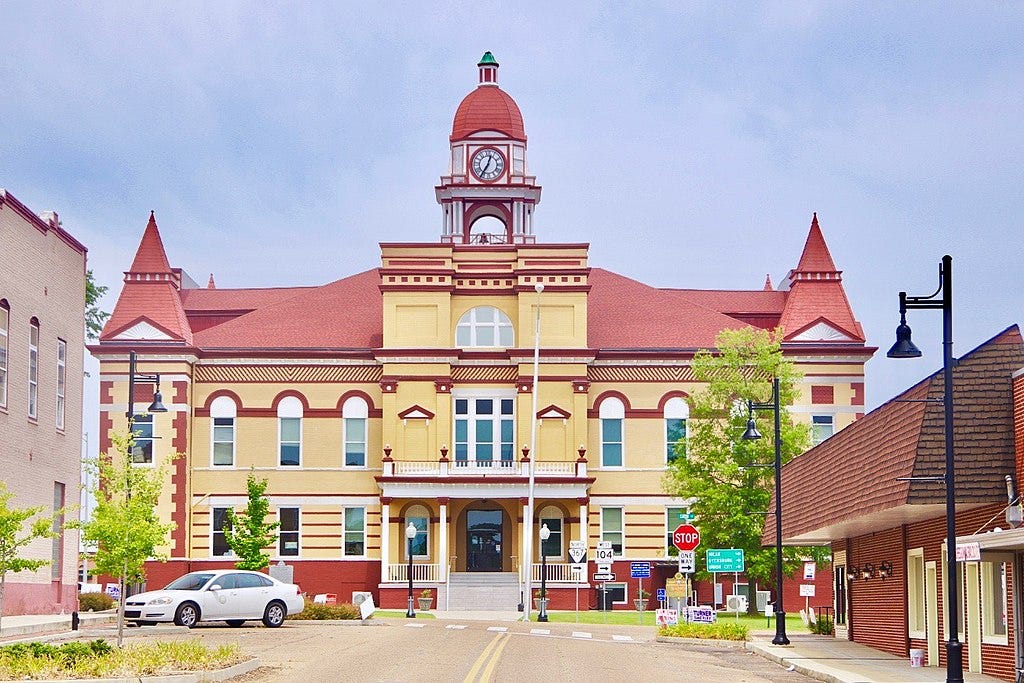
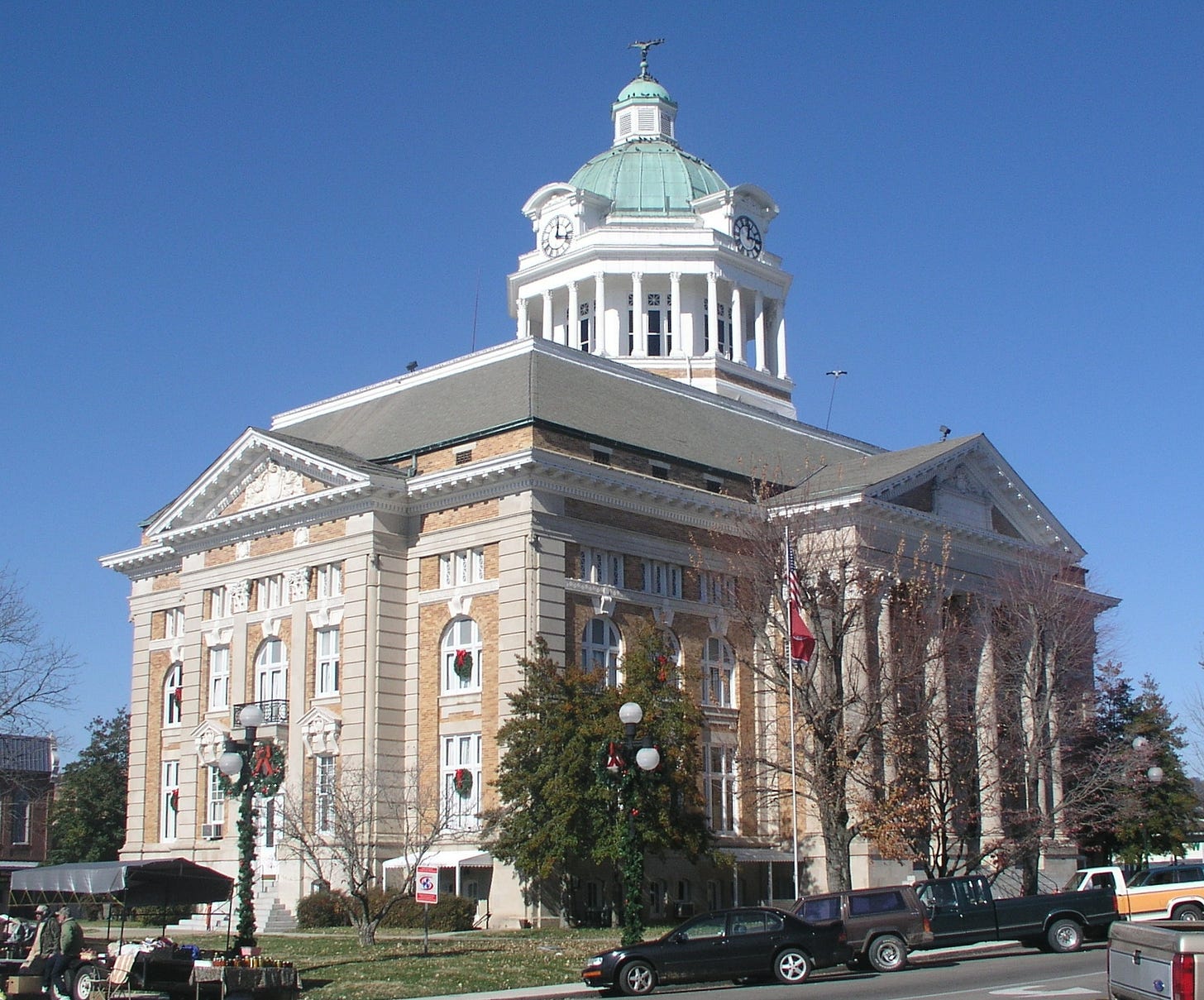
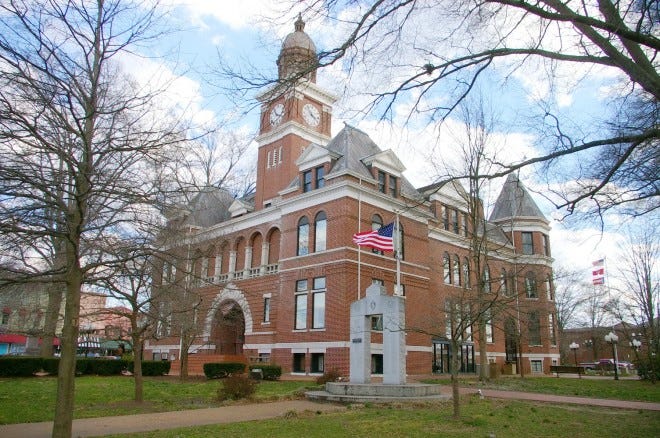
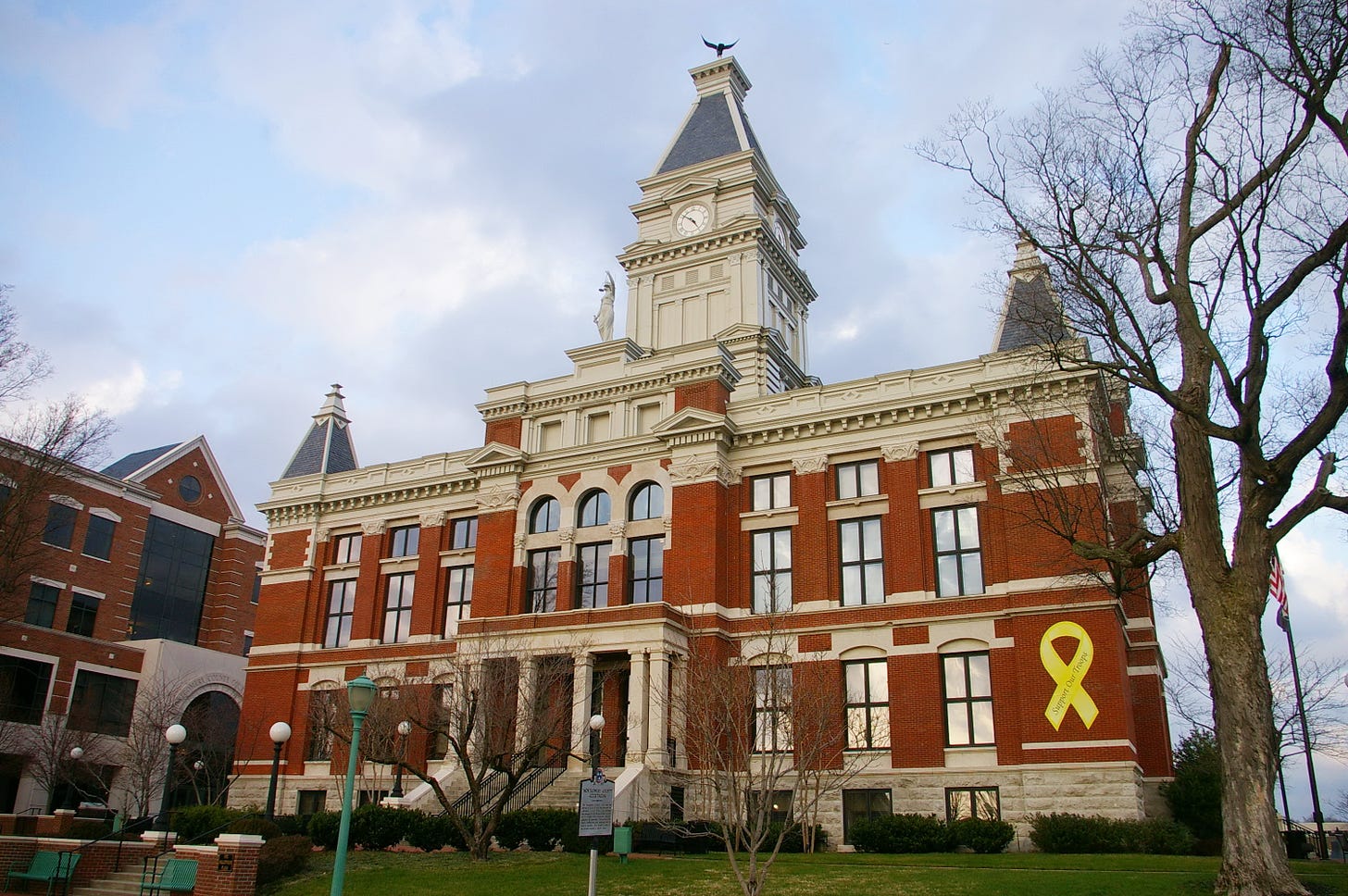
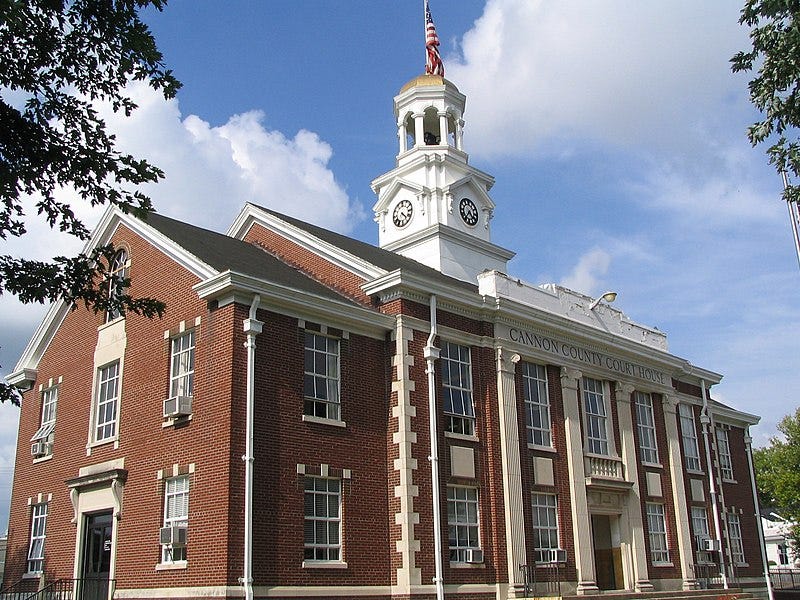

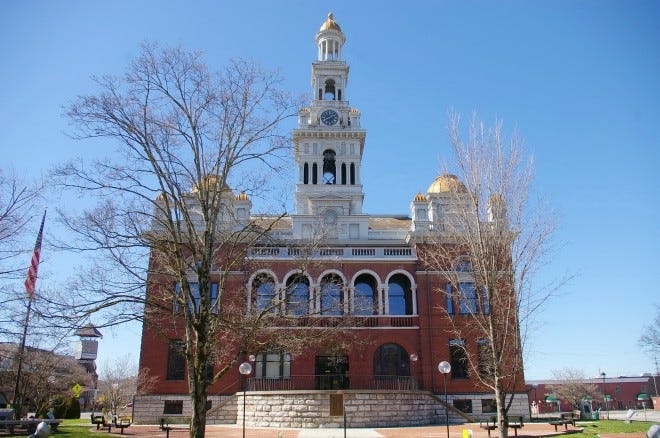

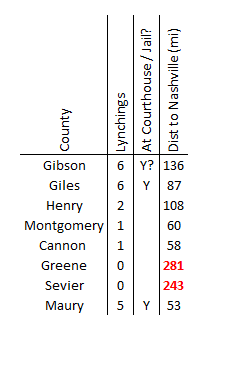
That first one looks like a watercolor painting. That's honestly kinda cool looking.
Only dogs and Democrats can hear dog whistles.